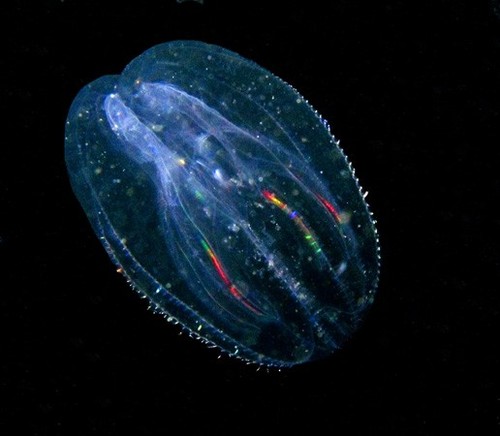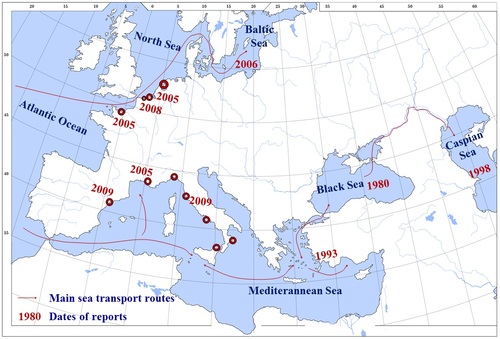Research Student
LT838 Livingstone Tower
TEL : +44 (0)141 548 3385 (Ext. 3385)
Profile
I graduated from the University of Strathclyde in the summer of 2012 with a BSc in Mathematics, Statistics and Finance and begun a PhD here later the same year. The project is based in the Population Modelling and Epidemiology Group and is supervised by Dr Louise Kelly and Dr Douglas Speirs. My research is carried out in collaboration with an industrial partner – the Centre for Environment, Fisheries and Aquaculture Science (Cefas) – where my supervisors are Dr Johan van der Molen and Dr Sophie Pitois. The aim of this project, which is a contribution to the EU-funded MEMO project, is to fill knowledge gaps related to the potential impact of the American comb jelly Mnemiopsis leidyi in UK waters.

Non-native species are a significant threat to native wildlife and populations of various species have established themselves in UK marine waters. Increasing temperatures due to global warming have increased the number of potential species that can invade. M. leidyi was introduced via ballast waters into the Black Sea during the 1980s and due to the lack of natural predators, the population grew explosively, devastating the ecosystem within a few years. M. leidyi then spread into the Mediterranean Sea, and has recently been found in the English Channel and southern North Sea.

Life history data for M. leidyi will be collected to parameterise and improve a particle tracking Individual Behaviour Model, using maximum likelihood and Bayesian techniques as appropriate for the collected data. The model uses a semi-analytical Lagrangian tracer advection method and is linked to the General Estuarine Transport Model (GETM, www.getm.eu). GETM is a finite difference model that solves the shallow water equations and the density and heat balance in three dimensions. By reviewing the mathematical models currently in place, steps will be taken to improve and develop these models and to link the results to environmental information from e.g. coupled hydrodynamical and biogeochemical models and GIS data bases to assess potential impacts on the environment and human activities. The model will also be run to test potential solutions to counteract jelly comb impacts. On completion of this project the aim is to have a better understanding of the reasons and conditions which contributed to previous jellyfish blooms, to gauge the potential threat of M. leidyi in UK marine waters and to have useful information for UK fisheries and others with a vested interest in potential solutions to counteract this impact.